Intel Core i9 series represents the pinnacle of high-performance desktop computing. Whether you’re a gamer, content creator, or power user, these processors are built to deliver unmatched speed, multitasking, and raw processing power. In this article, we’ll break down and compare the most notable Intel Core i9 desktop CPUs—from the 10th Gen Comet Lake to the cutting-edge 14th Gen Raptor Lake Refresh and even the latest Core Ultra 9 285K.
The Evolution and Significance of Intel Core i9 Processors
Intel Core i9 lineup is a defining symbol of extreme desktop performance. Introduced in 2017, the i9 series was Intel’s answer to AMD’s rising competition in high-performance computing, particularly with its Ryzen Threadripper line. Initially designed for the X-Series HEDT (High-End Desktop) platform, Core i9 CPUs featured significantly more cores, larger caches, and support for quad-channel memory and more PCIe lanes than traditional desktop CPUs. The first Core i9, the i9-7900X, set the tone for what would become a rapidly expanding and increasingly competitive processor family.
Over time, Intel introduced Core i9 processors into its mainstream desktop platform starting with the 9th Gen (Coffee Lake Refresh). The idea was simple: deliver more cores and threads than the i7 lineup, paired with higher base and turbo clock speeds to satisfy the demanding needs of gamers, content creators, and power users. By the 10th Gen, the i9-10900K had already increased the core count to 10, making it a strong performer in both gaming and productivity workloads.
The turning point came with the launch of the 12th Gen Alder Lake architecture in 2021. This marked Intel’s shift to a hybrid architecture—something previously only seen in mobile or ARM-based designs. Hybrid architecture combines Performance (P) cores for heavy workloads with Efficient (E) cores for background and multi-threaded tasks. This design allowed the Core i9-12900K to deliver exceptional multitasking and better power efficiency. With each generation—13th Gen Raptor Lake, 14th Gen Raptor Lake Refresh—Intel has refined this design, increasing core counts and pushing boost frequencies as high as 6.0 GHz.
The Core i9 processors also lead Intel’s innovation in memory and platform support. Starting with DDR4, they’ve evolved to include DDR5 memory and PCIe 5.0, offering greater bandwidth for GPUs and storage. Modern i9 CPUs are backward-compatible with DDR4 for affordability but shine brightest when paired with cutting-edge hardware. The introduction of LGA 1700 and upcoming LGA 1851 sockets further expands platform capabilities, enabling better power delivery, thermal management, and upgrade paths.
From a usage perspective, Core i9 processors are highly versatile. They’re exceptional in gaming, especially with the high single-thread performance and low latency seen in models like the i9-14900K. At the same time, their high core/thread counts make them ideal for creators using software like Adobe Premiere Pro, Blender, or DaVinci Resolve. For developers, data analysts, and scientists, they provide the muscle needed for complex simulations, compiling code, or running VMs.
Looking ahead, Intel’s Ultra 9 lineup and upcoming Arrow Lake architecture will push things even further, with a focus on AI-enhanced computing, integrated ARC graphics, and more efficient power use through the new Intel 4 (7nm-class) process. While AMD’s Ryzen 7000 and Threadripper lines are fierce competitors, Intel’s i9 processors continue to offer the best single-thread performance and platform flexibility in the market.
Ultimately, Core i9 processors are not just powerful—they are strategic investments for future-proof, high-performance computing in 2025 and beyond.
Table of Contents
Also check out post about Top 6 Best Air Conditioners below Rs 30000
This post contains affiliate links. If you make a purchase through these links, we may earn a commission at no extra cost to you.“
Why Choose Intel Core i9?
Core i9 processors are designed with enthusiast-grade performance in mind. They feature:
- High core and thread counts for multitasking and productivity
- Powerful boost clocks for gaming and rendering
- Hybrid architecture in 12th Gen and beyond (Performance + Efficient cores)
- Compatibility with DDR4 and DDR5 memory
- PCIe 4.0 & 5.0 support in newer generations
Comparison Table: Intel Core i9 Desktop CPUs
| Model | Cores/Threads | Base/Boost Clock | Socket | Architecture | Cache (MB) | Graphics | TDP (W) | Gen |
|---|---|---|---|---|---|---|---|---|
| i9-14900KS | 24 (8P+16E) / 32 | 3.2 / 5.9 GHz | LGA 1700 | Raptor Lake R | 36 | UHD 770 | ~150 | 14th |
| i9-14900K | 24 (8P+16E) / 32 | 3.2 / 6.0 GHz | LGA 1700 | Raptor Lake R | 36 | UHD 770 | 125 | 14th |
| i9-14900KF | 24 (8P+16E) / 32 | 3.2 / 6.0 GHz | LGA 1700 | Raptor Lake R | 36 | None | 125 | 14th |
| i9-14900 | 24 (8P+16E) / 32 | 2.0 / 5.8 GHz | LGA 1700 | Raptor Lake R | 36 | UHD 770 | 65–125 | 14th |
| i9-13900KS | 24 (8P+16E) / 32 | 3.2 / 6.0 GHz | LGA 1700 | Raptor Lake | 36 | UHD 770 | ~150 | 13th |
| i9-13900K | 24 (8P+16E) / 32 | 3.0 / 5.8 GHz | LGA 1700 | Raptor Lake | 36 | UHD 770 | 125 | 13th |
| i9-12900K | 16 (8P+8E) / 24 | 3.2 / 5.2 GHz | LGA 1700 | Alder Lake | 30 | UHD 770 | 125 | 12th |
| i9-12900KF | 16 (8P+8E) / 24 | 3.2 / 5.2 GHz | LGA 1700 | Alder Lake | 30 | None | 125 | 12th |
| i9-11900K | 8 / 16 | 3.5 / 5.3 GHz | LGA 1200 | Rocket Lake | 16 | UHD 750 | 125 | 11th |
| i9-11900 | 8 / 16 | 2.5 / 5.1 GHz | LGA 1200 | Rocket Lake | 16 | UHD 750 | 65 | 11th |
| i9-10900K(F) | 10 / 20 | 3.7 / 5.3 GHz | LGA 1200 | Comet Lake | 20 | UHD 630 / None | 125 | 10th |
| i9-10900 | 10 / 20 | 2.8 / 5.2 GHz | LGA 1200 | Comet Lake | 20 | UHD 630 | 65 | 10th |
| i9-10900X | 10 / 20 | 3.7 / 4.5 GHz | LGA 2066 | Cascade Lake X | 19.25 | None | 165 | X-Series |
| i9-10980XE | 18 / 36 | 3.0 / 4.6 GHz | LGA 2066 | Cascade Lake X | 24.75 | None | 165 | X-Series |
| i9-7960X | 16 / 32 | 2.8 / 4.4 GHz | LGA 2066 | Skylake X | 22 | None | 165 | X-Series |
| Ultra 9 285K | Unknown (Hybrid) | ~3.0 / 5.7 GHz | LGA 1851 | Intel 4 (Meteor Lake) | 36 | Likely ARC GPU | TBD | Ultra |
Detailed Overview of Notable Processors
Intel’s Core i9 lineup continues to push boundaries in desktop computing with cutting-edge architecture, extreme core counts, and blazing-fast clock speeds. In this guide, we’ll take a deep dive into the most prominent Intel Core i9 processors released across generations, from 10th Gen Comet Lake to the latest Ultra 9 285K.
Intel Core i9-14900KS Processor (14th Gen)

The i9-14900KS is Intel’s current performance king. It’s a binned version of the 14900K, tuned to run at an incredible 6.0 GHz out of the box using Turbo Boost Max 3.0. With 24 cores (8 performance + 16 efficient) and 32 threads, it offers excellent parallelism for multitasking, gaming, and professional workloads. Ideal for overclockers and power users who want top-tier performance without compromise, it’s compatible with both DDR4 and DDR5 RAM and requires robust cooling due to high thermal output.
Intel Core i9-14900K Processor (14th Gen)

The i9-14900K is the flagship of the Raptor Lake Refresh generation. With its hybrid architecture and 6.0 GHz peak turbo speed, it’s optimized for high-FPS gaming and heavy multi-core applications. It supports PCIe 5.0 and features 36MB of Intel Smart Cache, delivering blistering load times and fast responsiveness. Integrated UHD 770 Graphics ensures basic display capabilities without a GPU.
Intel Core i9-14900KF Processor (14th Gen)
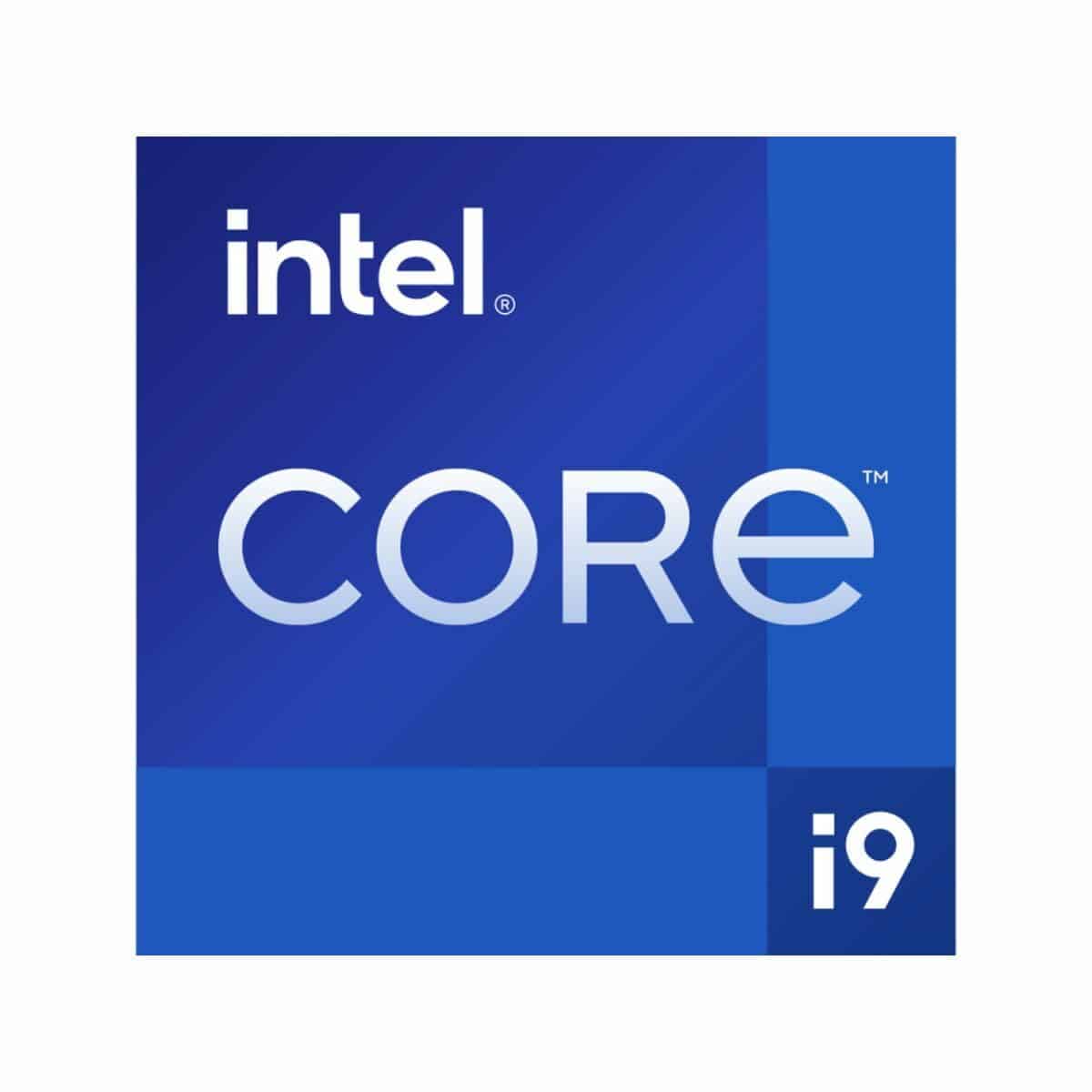
This version of the 14900K has identical specs but lacks integrated graphics, making it slightly cheaper. It’s an excellent choice for users planning to pair it with a discrete GPU. It offers the same 24-core hybrid design, DDR5 support, and peak gaming performance.
Intel Core i9-14900 Processor (14th Gen Non-K)
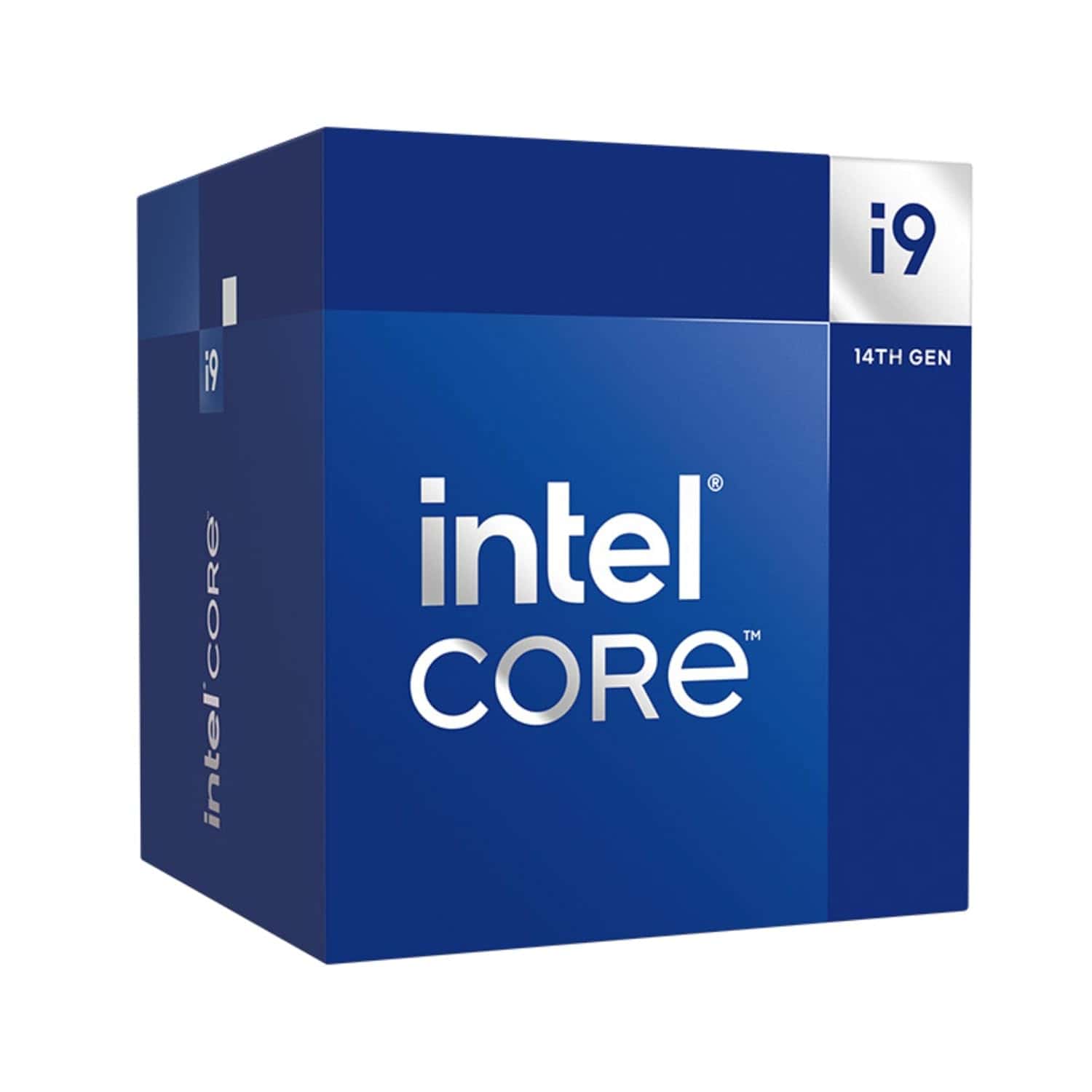
The non-K variant of the 14900 is locked for overclocking but still powerful, with turbo speeds up to 5.8 GHz. It includes integrated graphics and supports PCIe Gen 5 and both DDR4/DDR5 memory. It’s ideal for productivity users and gamers who don’t need overclocking.
Intel Core i9-13900KS Processor (13th Gen)
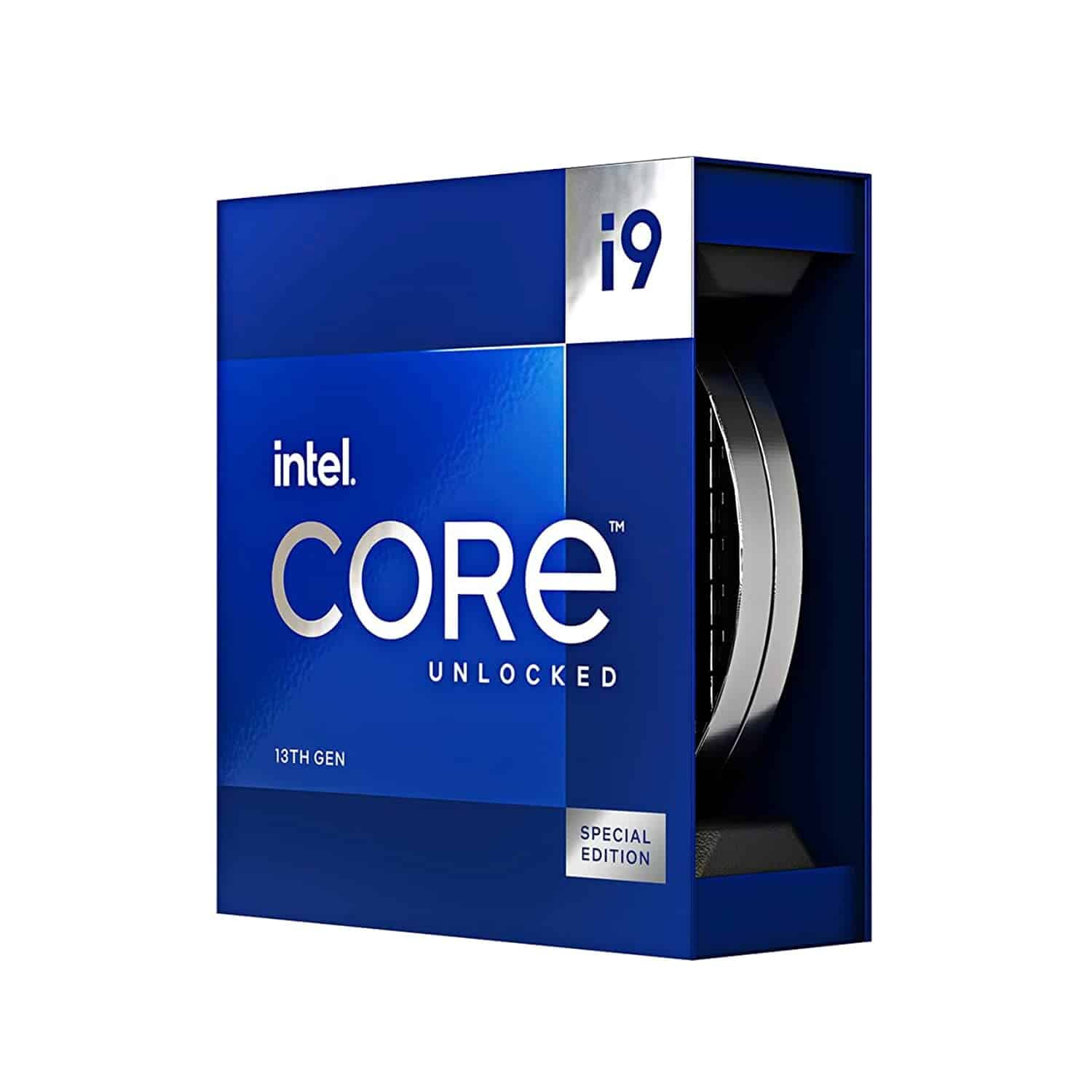
This processor marked Intel’s first desktop CPU to officially hit 6.0 GHz, even before the 14900K. With the same 24-core hybrid setup and 36MB cache, it’s powerful for 4K gaming, high-refresh esports, video editing, and 3D rendering. The KS variants are pre-binned chips, meaning they offer better thermal and frequency headroom.
Intel Core i9-13900K Processor (13th Gen)
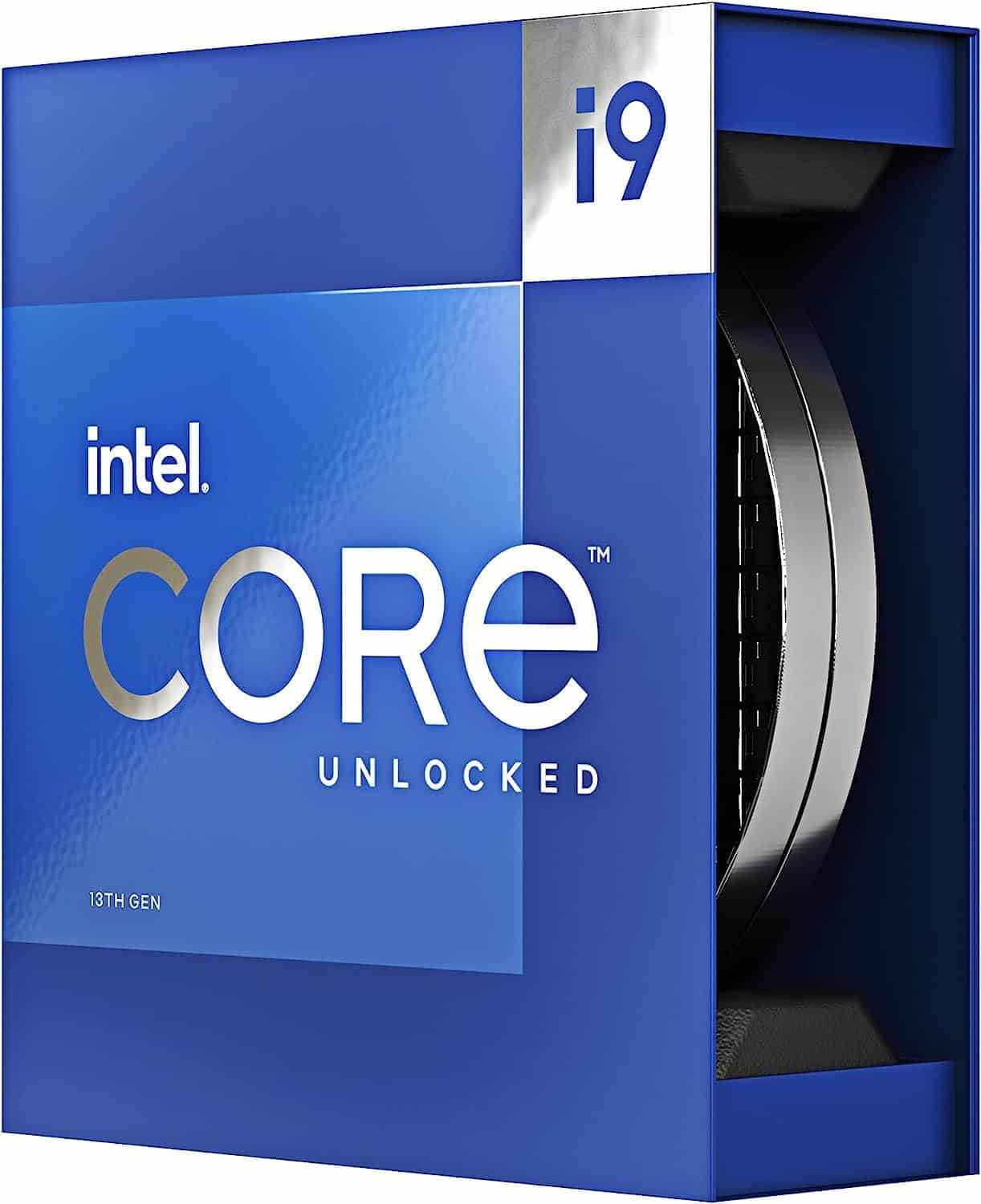
Still highly relevant, the 13900K delivers 5.8 GHz boost speeds and excellent multi-core performance with 32 threads. It supports DDR5 memory and PCIe Gen 5, offering future-proofing for high-end PC builders. With its UHD 770 graphics, it can function even without a GPU.
Intel Core i9-12900K Processor (12th Gen)
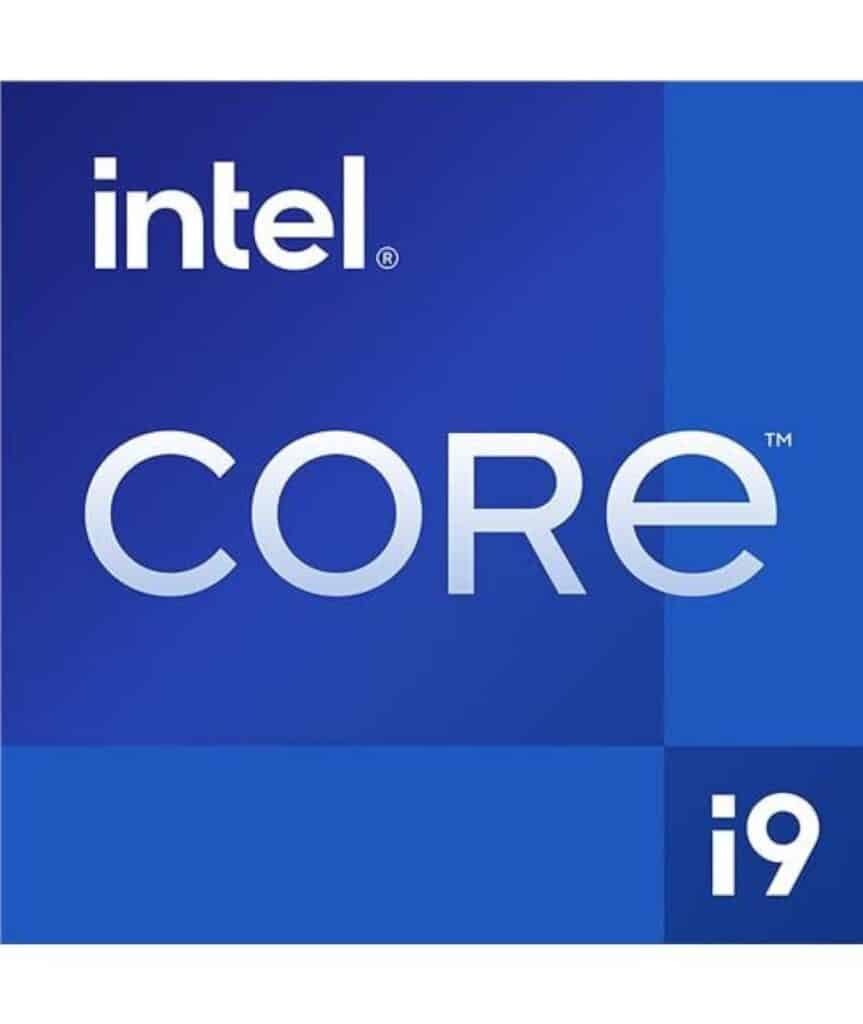
The 12900K was a revolutionary launch in Intel’s history, introducing the hybrid Performance + Efficient core architecture (8P + 8E) and support for DDR5 RAM and PCIe 5.0. It features 5.2 GHz turbo speed, 30MB cache, and a major leap in multi-threaded performance. It works great for both gamers and productivity-heavy users who want to embrace newer platforms.
Intel Core i9-12900KF Processor (12th Gen)

Identical to the 12900K in every way except for the lack of integrated graphics. It’s a go-to for users who will use a dedicated GPU and want to save a few bucks without sacrificing performance.
Intel Core i9-11900K Processor (11th Gen)

The 11900K features 8 cores and 16 threads, and while it reaches up to 5.3 GHz, it was criticized for reducing the core count from its predecessor (i9-10900K). However, for gaming, it still offers solid performance, and its UHD 750 graphics are a step up in iGPU capabilities. Ideal for gaming and creative users not needing many cores.
Intel Core i9-11900 Processor (11th Gen Non-K)
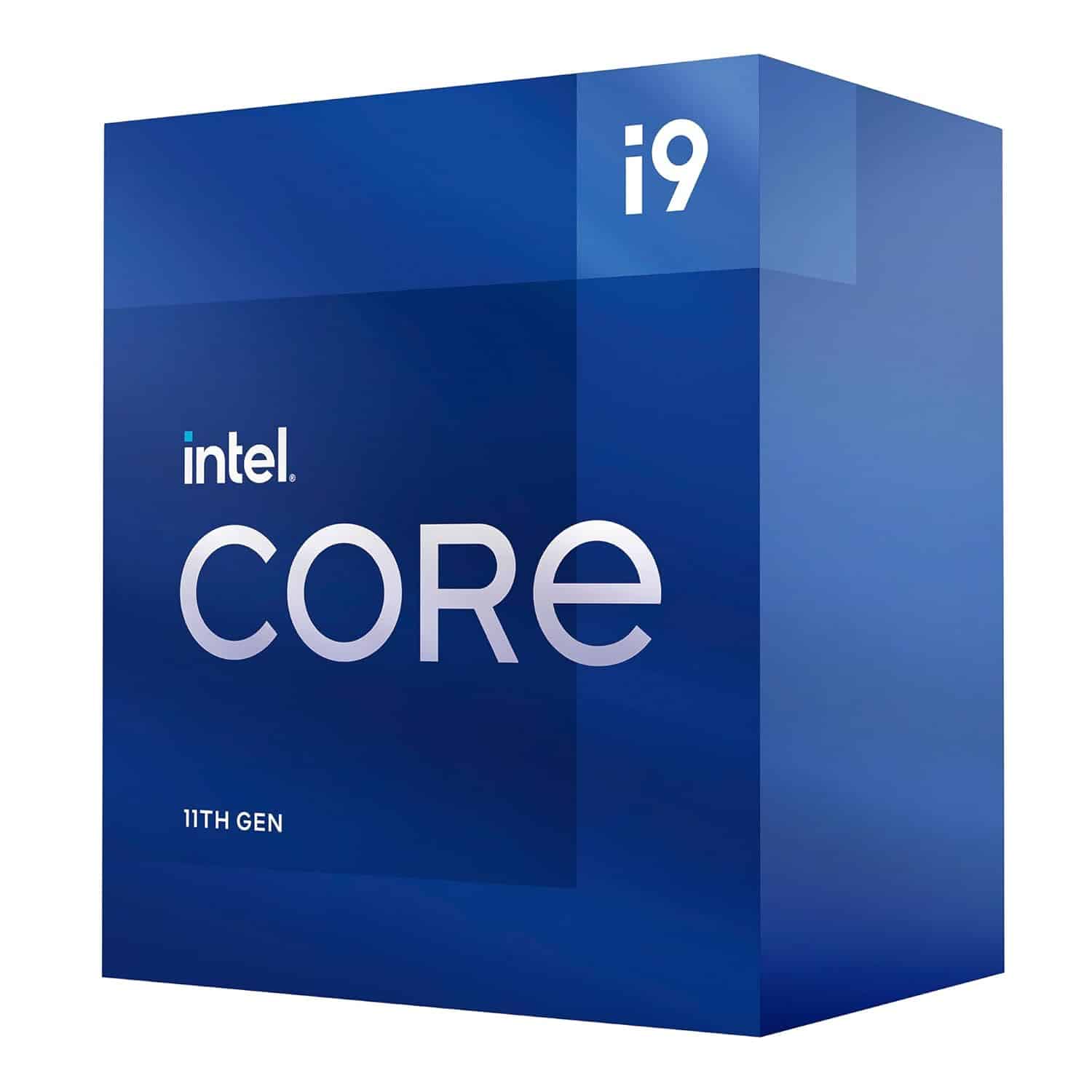
A more power-efficient version of the 11900K with a 65W TDP and slightly lower performance ceiling. With 2.5 GHz base and 5.1 GHz boost, it’s great for users seeking solid performance without overclocking. Comes bundled with a stock cooler and supports up to 128GB DDR4 RAM.
Intel Core i9-10900K Processor (10th Gen)

This Comet Lake processor was a monster in its time, featuring 10 cores and 20 threads, and turbo speeds up to 5.3 GHz. It was one of the first to introduce Intel Turbo Boost Max 3.0, maximizing single-core performance for gaming. Even today, it’s a great budget option for builders using LGA1200 motherboards.
Intel Core i9-10900KF / F / 10900 Processor (10th Gen)

- KF lacks integrated graphics but otherwise identical to 10900K.
- 10900 is the non-overclockable version with a lower TDP (65W) but still supports 10 cores/20 threads.
- 10900F offers the same performance as the 10900 but drops integrated graphics.
These models still shine in gaming and light editing workloads, especially in budget builds.
Intel Core i9-10900X Processor (X-Series)

Part of Intel’s Cascade Lake-X HEDT lineup, the i9-10900X comes with 10 cores/20 threads, a base clock of 3.7 GHz, and quad-channel memory support. Designed for professionals, this chip excels in multi-GPU and multi-SSD environments but requires an LGA2066 motherboard and X299 chipset, which are expensive and not mainstream.
Intel Core i9-10980XE Processor (X-Series)

One of Intel’s last true Extreme Edition processors, the i9-10980XE boasts 18 cores and 36 threads, clocking up to 4.6 GHz. Its massive 24.75MB cache and quad-channel DDR4 support make it ideal for workstation-class tasks like scientific computing, virtualization, and 8K video rendering.
Intel Core i9-7960X Processor (X-Series)

From the Skylake-X family, this 16-core/32-thread chip offers high multi-threaded performance for legacy HEDT users. With up to 4.4 GHz boost, it’s suitable for older workstation builds but lacks modern efficiency improvements.
Intel Core Ultra 9 285K Processor (Meteor Lake / Arrow Lake)

The latest in Intel’s evolution, the Ultra 9 285K is built on the Intel 4 process node (7nm equivalent) with a new LGA1851 socket. It promises significant improvements in AI performance, integrated ARC graphics, and power efficiency. While benchmarks are still rolling in, this processor is expected to power the next generation of high-end consumer and AI-enabled PCs.
Final Words: What Core i9 Should You Choose?
Here’s a quick wrap-up to help guide your decision:
Future-Proof Builds: i9-14900K or Ultra 9 285K (with next-gen AI features)
Gamers & Overclockers: Go for i9-14900KS, 14900KF, or 13900K
Content Creators: Choose i9-13900K, i9-14900K, or i9-12900K
Budget Builders: i9-10900K/F or i9-11900K provide great value
Workstation Users: Consider i9-10980XE or wait for Ultra 9 285K
Gaming Performance Breakdown
- Top Gaming Picks: i9-14900K, i9-13900KS, i9-12900K
- Budget Gamer’s Option: i9-11900K or i9-10900K
- No-GPU Builders: Choose “K” models with integrated UHD 770/750 graphics
- Overclocking Enthusiasts: Go for “K” or “KS” variants with proper cooling
Content Creation and Productivity
For video editing, 3D rendering, and streaming:
- i9-14900KS and 13900K outperform in Adobe Premiere, Blender, DaVinci Resolve
- X-Series like 10980XE dominate in heavily multithreaded workloads (but need expensive setups)
- Ultra 9 285K might excel in future AI-based creative workflows
Platform Compatibility
- LGA1700: 12th to 14th Gen – compatible with Intel 600 and 700 series motherboards
- LGA1200: 10th and 11th Gen – use 400 and 500 series
- LGA2066: HEDT platform – discontinued but still powerful
- LGA1851: Expected with upcoming Ultra 9 and Arrow Lake processors
Cooling and Power
- K and KS models require high-end air or liquid cooling
- TDP ranges from 65W (non-K) to 165W+ (X-series, KS)
- Ensure your PSU and cooling solution match the processor’s power needs
Final Thoughts: Which Intel Core i9 Is Best for You?
| Use Case | Best Processor |
|---|---|
| High-end gaming | Core i9-14900KS / 13900K |
| Budget gaming | Core i9-10900K / 11900K |
| Creative workloads | Core i9-13900K / 14900K |
| Overclocking | Core i9-14900KS / 13900KS |
| Future-ready builds | Core Ultra 9 285K |
| Multi-threaded apps | Core i9-10980XE / X-Series |
Conclusion
Intel’s Core i9 lineup is packed with performance—from power-efficient 10-core beasts to 24-core hybrid monsters clocking in at 6 GHz. Whether you’re upgrading from an older i7 or building a cutting-edge AI workstation, there’s an i9 processor tailored to your workload.
Stay tuned for more details as Intel pushes into the future with Ultra 9 and Arrow Lake!